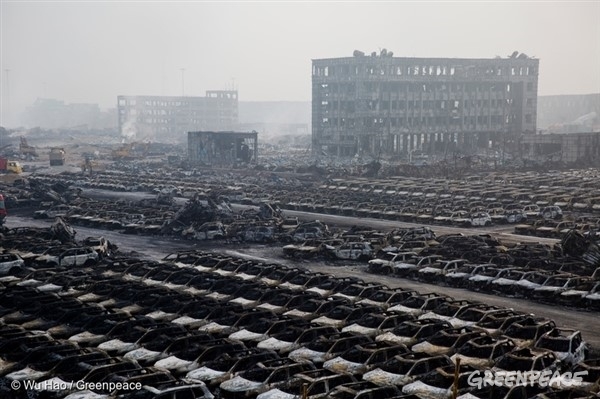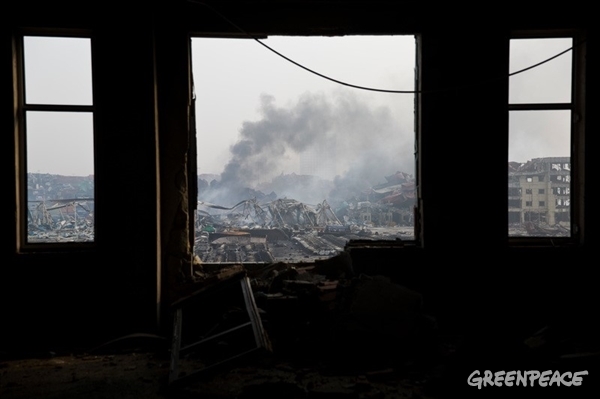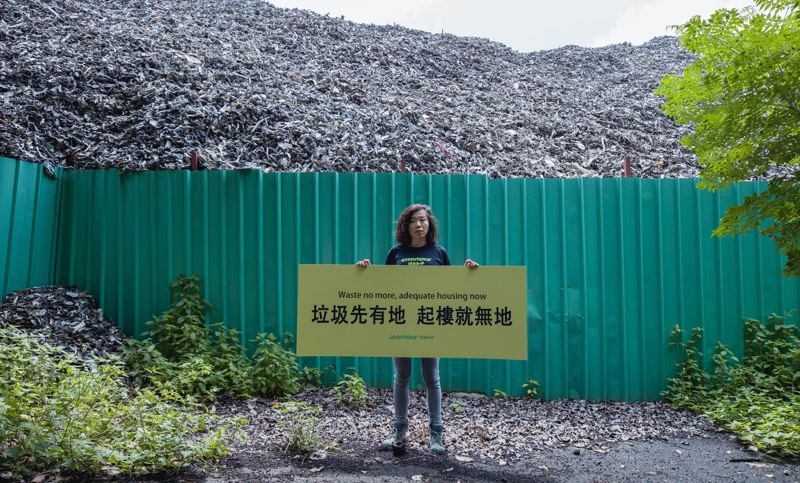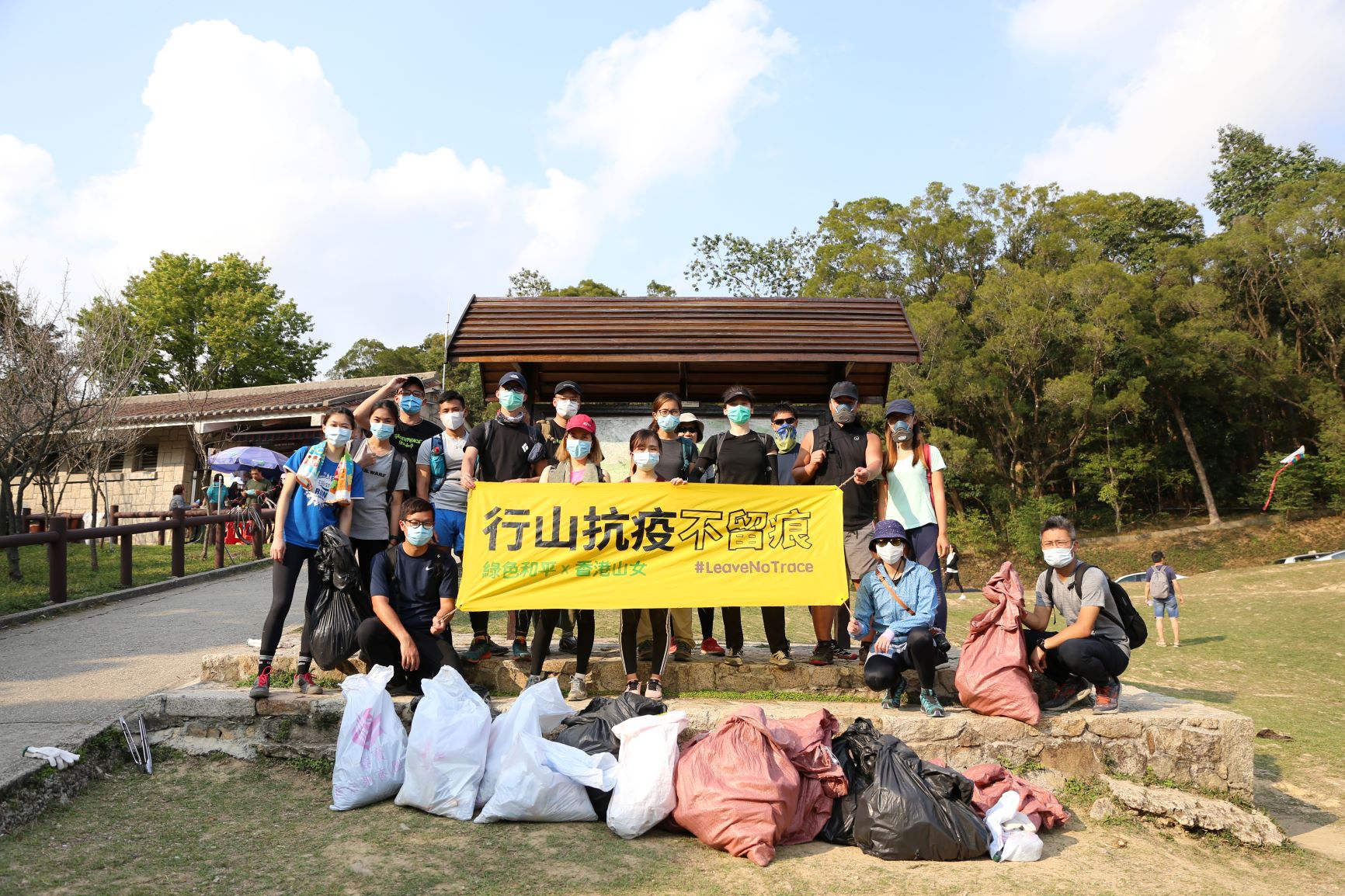
Just two days before the lunar new year, China’s largest holiday, the Chinese government finally released its investigative report into the causes of the Tianjin blasts which rocked the Binhai port district of Tianjin in August last year. The report said:
- The blast was caused by massive amounts of unsafely stored chemicals.
- The Ruihai logistics company and 14 other government departments and third parties were held responsible for negligence.
- A total of 49 people have been detained in connection with the blasts, and 123 government officials have received penalties.
- The report noted that environmental and safety risk assessments and emergency response capacity should be strengthened.
The Tianjin blasts were far from an isolated accident. China’s chemicals industries’ safety management is lax and accidents far too frequent. Between 2010 and 2014, a shocking 2,200 people died in 320 separate chemical-related accidents
Just one week before the release of the investigative report, scenes of a thick milky sludge which flooded out of a chemicals factory in Shandong province, just south east of Tianjin, reminded us that accidents like these are a worryingly routine occurrence.
China’s hazardous chemicals management system is in need of a comprehensive overhaul. Most fundamentally, it is a system desperately lacking in transparency.
One critical first step would be the enforcement of a Safety Data Sheet (SDS) system. The chemicals industry in Europe and the US offer a good example here. An SDS is like a list of ingredients for hazardous chemicals. It tells you what the chemicals contain, how they should be handled, emergency procedures and so on. It’s a simple measure, but it could save countless lives.
During the Tianjin blast, for example, this simple system could have prevented dozens of the sacrificed lives of brave firefighters who first arrived on the scene.
Faced with an unknown cocktail of hazardous chemicals, they had no way of knowing how to correctly manage the fire. The report notes that the firefighters requested information from port authorities on what chemicals were involved in the blaze. But there was no information. The firefighters were left with no option but to continue dousing the flames in water, uncertain whether this would abate or intensify the flames. This lack of basic knowledge of the situation may well have triggered the further explosions, which tragically killed over 100 of Tianjin’s firefighters.

On top of this, a far more comprehensive and streamlined hazardous chemicals management system needs to be developed. The current system is overly complicated, involving eight different ministries and other subsidiaries, is ridden with loopholes and extremely lax in its enforcement. It should be revised into a strict preventative system and safer, greener alternatives to hazardous chemicals should be used.
There are a number of hazardous chemicals which can be substituted for safer chemicals. The Chinese government should consider introducing these chemicals into the industry in order to lessen China’s reliance on hazardous chemicals and lessen the risks this industry poses to workers,civilians and the environment.
But for now, the most important step is transparency. Transparency will lead to a safer industry, help protect citizens and emergency service workers in the event of disasters, and will also help prevent such disasters from happening in the first place.
Now is a time to reflect on the Tianjin blasts, to learn its lessons and to work to prevent such disasters from happening again. China’s chemicals industry is the second largest in the world, but it is in major need of reform. The time is ripe to make this happen.
Cheng Qian, Greenpeace East Asia toxics campaign assistant manager



